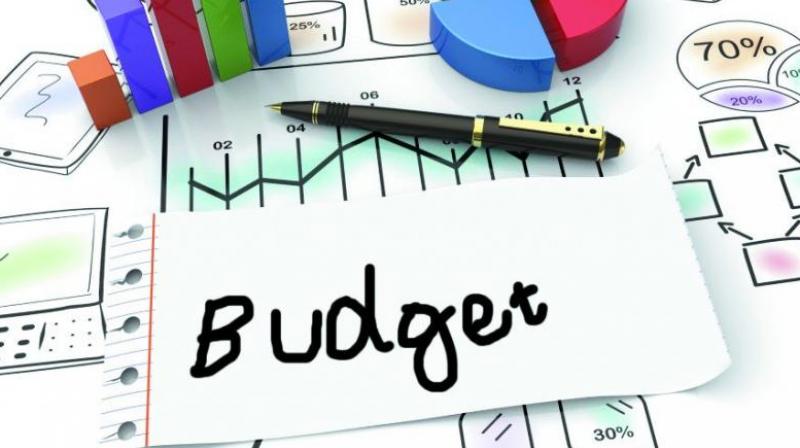Kerala budget 2017: Laudable aims, grim fisc
Kerala has not gone for compression of expenditure on neither revenue or capital fronts.

This budget was the last one before the states lost their constitutional power to fix tax rates for purchase and sale of commodities. Hence, there were no expectations on this front, except that the trading community wanted old arrears of VAT and General Sales Tax to be settled. The speech of the finance minister was heard with patience by the Assembly, till pandemonium erupted over the issue of alleged appearance of parts of the speech in social media. The speech started with a critique of the demonetisation and an analysis of the adverse impact it was having on the State’s economy, The minister was critical of the path of fiscal orthodoxy, which has been adhered to by the Union Finance Minister, despite the leeway given by the Committee on Fiscal Responsibility and Budget Management Act (FRBMA).
Kerala has not gone for compression of expenditure on neither revenue or capital fronts. The revenue expenditure is targeted to grow at 15.56 per cent as per 2017-18 (budget estimates) over 2016-17 (revised estimates). The plan revenue expenditure, which is not a committed one, is estimated to grow at 34.53 per cent. The budget thinks beyond the accounting concept of revenue deficit and considers revenue expenditure in social sector as an essential prerequisite of human capital formation, when physical capital formation is sought to be taken care of substantially through KIIFB. But infrastructure of hospitals and schools will be empty structures without personnel in them. This issue has been addressed in the budget, despite a gnawing revenue deficit . This is a bold attempt and is based on political conviction for improving the quality of social infrastructure of Kerala.
In the revised estimates of 2016-17, the state’s own tax revenue has grown at 14.23 per cent over 2015-16 actuals. Without demonetisation, it could have been higher at 19 per cent, which is the targeted growth rate for 2017-18. The budget emphasises on current problems in education, health, environment, agriculture and food security areas through rise in allocations. The sub plans for vulnerable sections have also received adequate attention. On the fiscal arithmetic, the own tax revenue- GSDP ratio at 6.71 per cent for 2016-17 is far from adequate for sustaining social sector expenditure in the medium term. The budget estimate for 2017-18 has put own tax revenue-GSDP ratio at 7.14 per cent. This is a little worrisome, as we need a higher ratio at 8.5 – 9 per cent, for balancing the revenue account and use borrowed funds entirely for capital. Tax administration needs to be geared up for this target. The speech has recognised this aspect. The rules of the game of discussing budget at national and state levels also need to shift their focus from current outlays only and should relate more to preceding year’s performance also. Budget discussions in media need to move from ritualistic to analytical mode.
(Author is a former civil servant)

